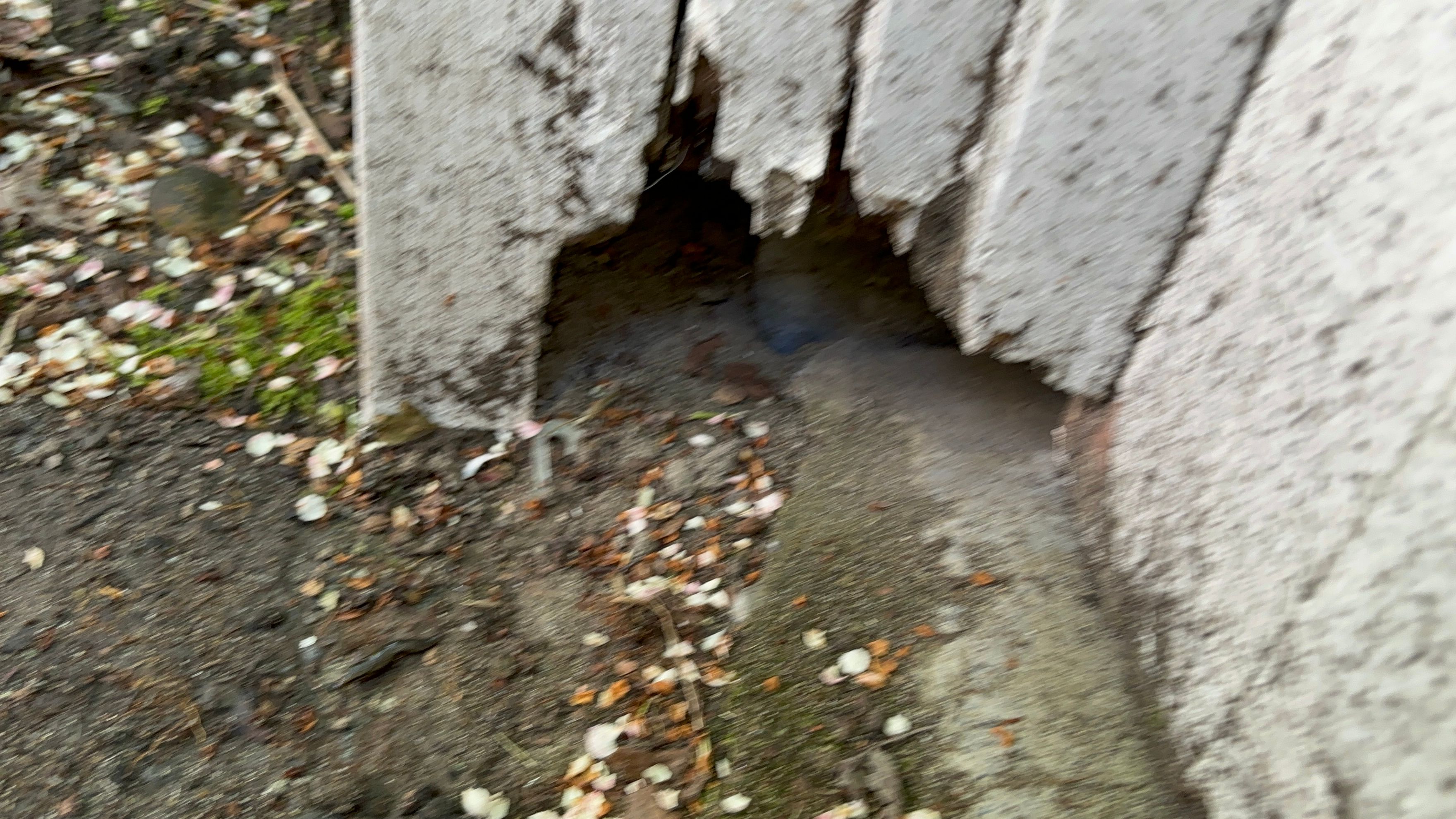Rats can be quite resourceful when it comes to finding entry points into kitchens. Commercial extermination exterminators Rat-proofing is essential to maintain food safety, protect equipment, and uphold the establishment’s reputation. Rat-Proofing commercial kitchens, Restaurants, Warehouses, Schools and Home Daycares

Here are some common areas Seattle commercial exterminators should check for potential rat access:
Gap Between House and Roof:
Rats are excellent climbers and can use gaps between your house and roof to gain entry.
Overhanging trees near your property can also serve as a route for rats to get onto your roof1.
Brickwork Holes:
Holes in your brickwork, especially at the bottom of your home, can be entry points.
Seal any holes left from removed cables or pipes in your brickwork promptly1.
Utility Holes:

Points where utilities (electricity, gas, conduits) enter your home can be exploited by rats.
Thoroughly check and seal any gaps around these entry points.
Open Windows/Doors:
Leaving windows and doors open, especially during warm weather, allows rats easy access.
Rats can slip through openings in seconds and find hiding spots or establish nests.
Air Conditioning Entrances:
Gaps around the entrance to your air conditioning system can serve as rat entry points.
Inspect thoroughly and seal any substantial holes that rats could use.
Gaps In Windows/Doors:
Neglected windows and doors may develop holes around their perimeter.
Even a hole as big as a quarter can allow a small rat to squeeze through.
Remember to inspect these areas regularly and take necessary steps to seal any potential rat entry points. Prevention is key to keeping your kitchen rats-free!
Here are some best extermination practices for effective rodent control in commercial kitchens:
Regular Inspections:
Conduct regular and meticulous inspections covering all zones, including storage spaces, kitchens, and dining areas.
Look for signs of rodent activity such as droppings, gnaw marks, or nests.
Promptly seal any potential entry points identified during inspections.
Seal Entry Points:
Rats can squeeze through small openings, so seal gaps around doors, windows, utility lines, and vents.
Install door sweeps, use caulk, and employ weather stripping to create a barrier against rat access.
Proper Food Storage:
Maintain strict food storage practices:
Store food in airtight containers to eliminate attractions for rodents.
Regularly inspect stored items for signs of contamination.
Elevate stored items off the floor to minimize hiding spots.
Waste Management:
Effective waste management prevents rodent infestations:
Seal trash bins tightly and dispose of garbage regularly.
Clean trash areas to remove food residues and odors that attract rodents.
Commercial Pest Control Services:
Engage commercial pest control experts experienced in commercial kitchens.
Regularly scheduled treatments and inspections can address rodent issues proactively.
Exterminators can provide tailored preventative measures for your kitchen’s specific needs.
Implement Traps and Baits:
Strategically place traps and baits in areas prone to rodent activity.
Regularly check traps and promptly remove captured rodents.
Follow safety guidelines when using baits.
Educate Staff:
Train kitchen staff to recognize signs of rodent activity and report them immediately.
Emphasize adherence to food safety and cleanliness protocols.
Maintain a Clean Environment:
Keep the kitchen clean and organized:
Regularly clean all surfaces, equipment, and storage areas.
Pay attention to hard-to-reach places where crumbs and spills can accumulate.
Remember, a proactive approach to rodent control ensures a hygienic and pest-free environment in your commercial kitchen.